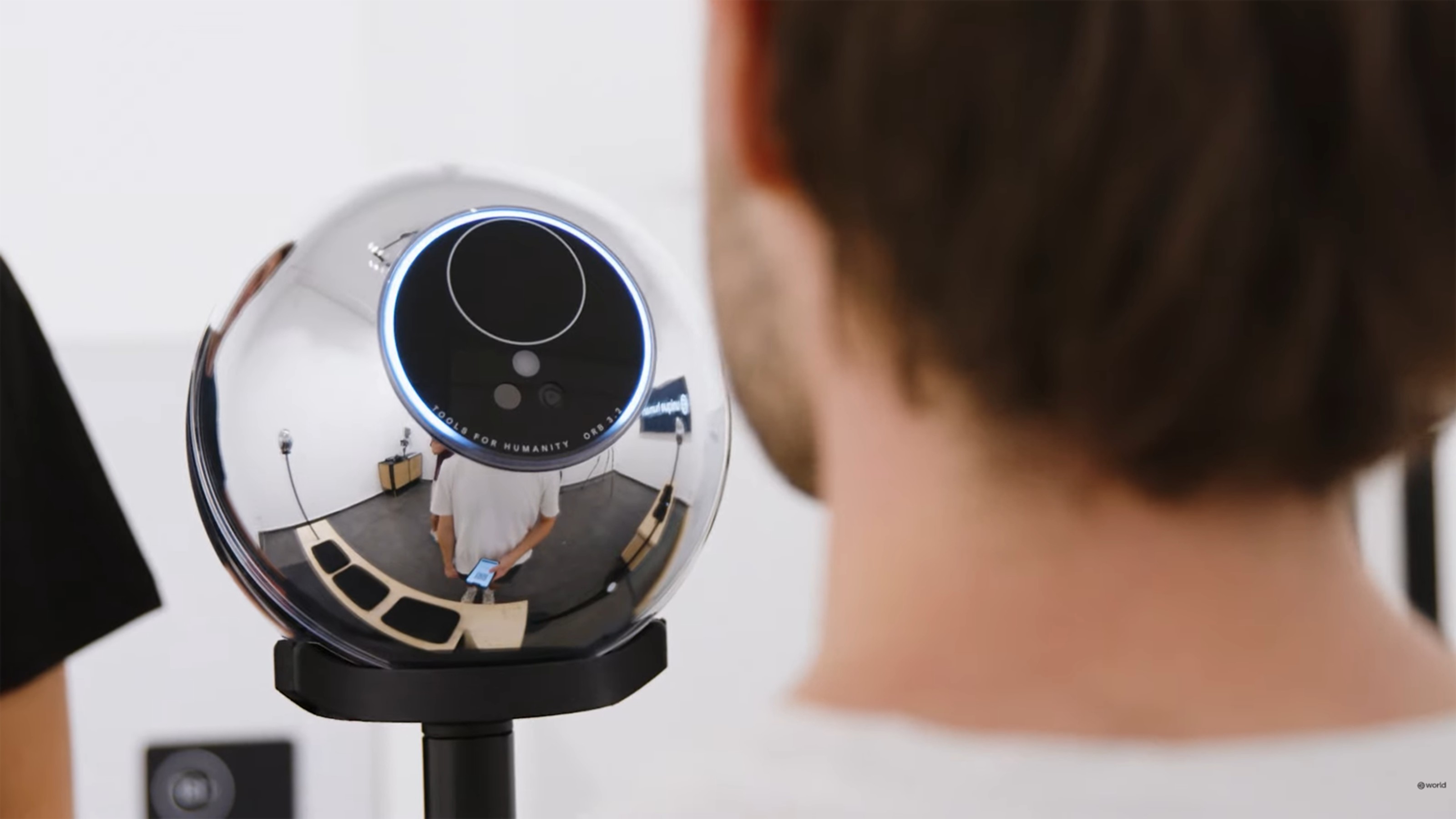Once a Destroyer of Privacy, DARPA Wants to Make It Invincible

Defense Advanced Research Projects Agency (DARPA) is perusing technology to make online privacy possible for the individual through a program dubbed The Brandeis project.
It’s named after Supreme Court Associate Justice Louis Brandeis, who penned the paper The Right to Privacy back in 1890. In his piece, which he co-authored with Samuel D. Warren, the two conceptualized the idea that harm could be done to an individual in other ways beyond the physical. To give some context, the paper was published two years after the Kodak camera came out — a technology that could suddenly make a moment on a public street available to everyone (if made available to the press). I can only imagine how he might react to the Internet and photo sharing.
Dr. John Launchbury, the DARPA program director for Brandeis, said in a press release: “Democracy and innovation depend on creativity and the open exchange of diverse ideas, but fear of a loss of privacy can stifle those processes.”
Brad Templeton argues that we’re all a part of a surveillance apparatus that would even be beyond the imagination George Orwell.
But many organizations have failed to give the people the tools they need to make their own choices about how public and how private they want their information to be. Yes, there are search engines that don’t track your information, like DuckDuckGo, and software that helps keep your browsing sessions anonymous, like Tor. But these sit at the extreme end of the spectrum. These are the no-sharing programs for people, like me, but they may not be what everyone wants.
DARPA wants to provide that choice, as Launchbury outlined the mission of the project in a press release: “The vision of the Brandeis program is to break the tension between: (a) maintaining privacy and (b) being able to tap into the huge value of data. Rather than having to balance between them, Brandeis aims to build a third option — enabling safe and predictable sharing of data in which privacy is preserved.”
“Democracy and innovation depend on creativity and the open exchange of diverse ideas, but fear of a loss of privacy can stifle those processes.”
Steve Lohr from The New York Times hit on an interesting question regarding this new project to empower the people. He asks, “If people have the ability to limit which of their digital footprints can be seen or tracked, doesn’t that undermine the business model of many ad-based Internet companies, including Google and Facebook?” Indeed, the reason why larger companies, like Google and Facebook can do what they do for “free” is because we give over our data. Then again, DuckDuckGo is able to make money and it doesn’t track one byte of data from its users.
The Internet economy probably wouldn’t go down the drain. Launchbury told Lohr, “It would be a matter of, ‘You can use this data for these purposes in exchange for a set of free services.’ At least then it’s a negotiation,” he said. It’s more about empowering the people to make their own choices about sharing. The market will have to adapt.
—
Natalie has been writing professionally for about 6 years. After graduating from Ithaca College with a degree in Feature Writing, she snagged a job at PCMag.com where she had the opportunity to review all the latest consumer gadgets. Since then she has become a writer for hire, freelancing for various websites. In her spare time, you may find her riding her motorcycle, reading YA novels, hiking, or playing video games. Follow her on Twitter: @nat_schumaker
Photo Credit: Dan Kitwood / Getty Staff





